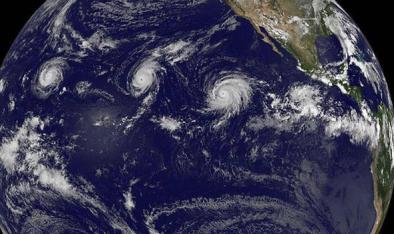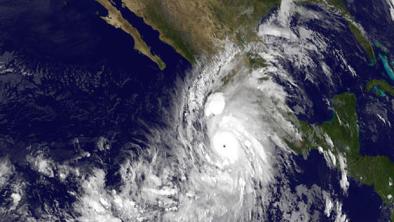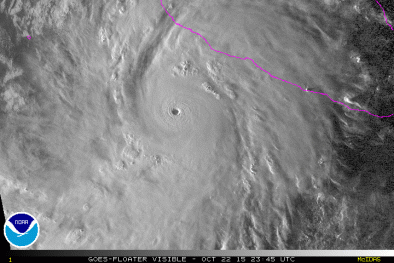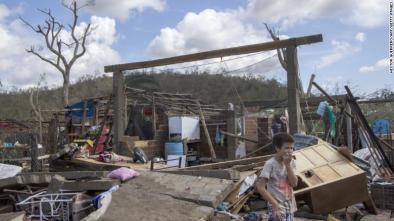Hurricane Patricia 2015
Overwhelming scientific evidence links rising ocean surface temperatures to increased hurricane intensity. This may have been one of the major driving forces—along with other climate change related consequences—that turned Hurricane Patricia from a small storm into the most intense hurricane ever recorded.
As it passed over near record warm Pacific waters on October 23, 2015, Hurricane Patricia's winds increased 115 mph in 24 hours, before it made landfall over Mexico with maximum sustained wind speeds of 200 mph.
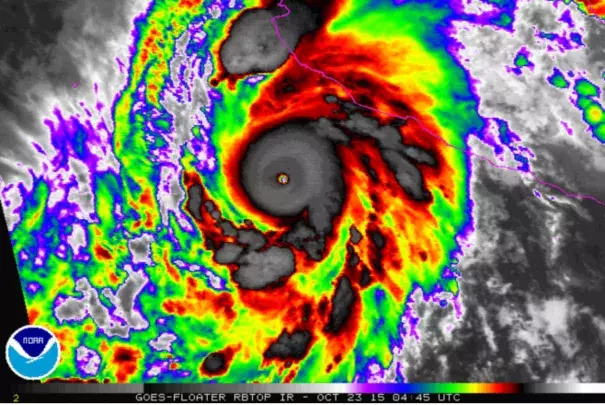
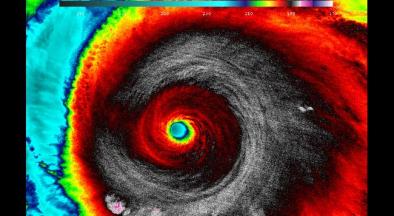
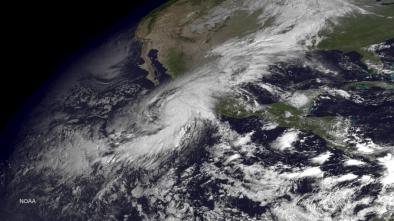
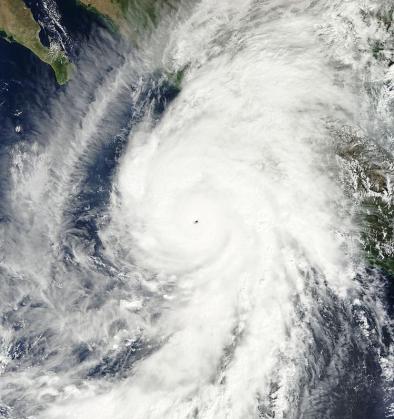


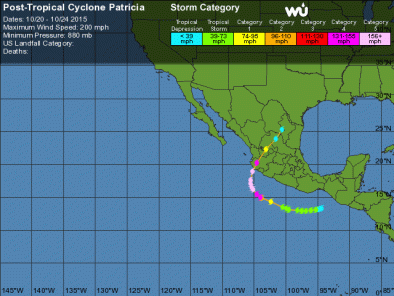
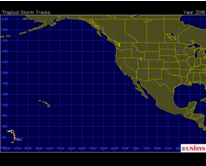
Near record hot ocean and El Niño combined to fuel Hurricane Patricia’s unprecedented intensity
Due to the combined impact of climate change and El Niño, 2015 went down as a record breaking year for tropical cyclones, with 22 category 4 and 5 strength storms occurring in the Northern Hemisphere.[1] On Friday, October 23, 2015, Hurricane Patricia broke another record as the most intense cyclone ever recorded.[2] Patricia made landfall over the Mexican state of Jalisco at 6:15 pm Friday evening, bringing with it unprecedented sustained wind speeds of 200 mph. While many thousands of homes were destroyed, remarkably, Hurricane Patricia inflicted no known casualties.
On its path towards land, Hurricane Patricia passed over unusually warm ocean surface waters,[3] quickly gaining power from the ocean's heat. A combination of a strong El Niño and the effects of global climate change are responsible for this massive intensification, since warm sea surface temperatures (SST) are correlated to increased intensity of strong hurricanes.[4] SST's were so warm, in fact, that even Hurricane Patricia’s Category 5 winds were unable to uncover enough cool water to disrupt the storm.[3]
Record setting hurricanes are consistent with climate change predictions
Record-setting hurricanes like Patricia are steadily moving from 1 in 100 year storms to the norm. As humans release excess CO2 that traps heat in the atmosphere, atmospheric and ocean temperatures rise. Record-setting hurricanes are consistent with the predictions made by climate scientists about the many devastating consequences of climate change.[5]
While the intensification of strong storms due to global climate change occurs gradually, it may already be contributing to serious problems around the world. In the past 30 years of ocean warming, scientists have recorded an average increase in global tropical cyclone intensity of 1.3 m/s.[6] Future projections consistently illustrate that fossil fuel related warming will cause the average intensity of tropical cyclones to strengthen steadily, with intensity increasing between 2 percent and 11 percent by 2100.[7]
Climate change loads hurricanes with additional moisture, intensifying rainfall
Rising ocean surface temperatures are just one of many catalysts in a warming world which cause more intense hurricanes. Other factors that affect the power of major storms include increased precipitation, humidity, and reduced vertical wind shear.[8]
Scientists expect a 20 percent increase in cyclone precipitation by the year 2100,[7] which will cause unprecedented flooding in places previously immune to the worst effects of powerful hurricanes. Coupled with the fact that warming has already caused 8 inches of sea level rise,[9] and will likely cause many more over the coming centuries, hurricanes will not only become more powerful, but will make landfall on higher seas, thereby having an exacerbated detrimental effect on coastal areas.
Hurricane loss and damage is skyrocketing
As hurricanes and other strong storms become more intense, they will become more devastating to economies and peoples' lives. Since 1980, hurricanes have been seven out of the top 10 most costly natural disasters in the US, with the top two occurring since 2005.[10] Hurricanes will become drastically more intense as a result of global climate change over the next decades. So much so, that the total cost to future economies as a result of major cyclones is estimated at $9.7 trillion globally by the year 2090.[11]
Hurricane Katrina and Superstorm Sandy were the two costliest natural disasters in history, with Katrina resulting in 1,322 fatalities and $125 billion in losses, and Sandy resulting in 127 fatalities and $65 billion in losses. With the increasing intensity of these already powerful storms, those records are likely to broken many times over.
Related Content
